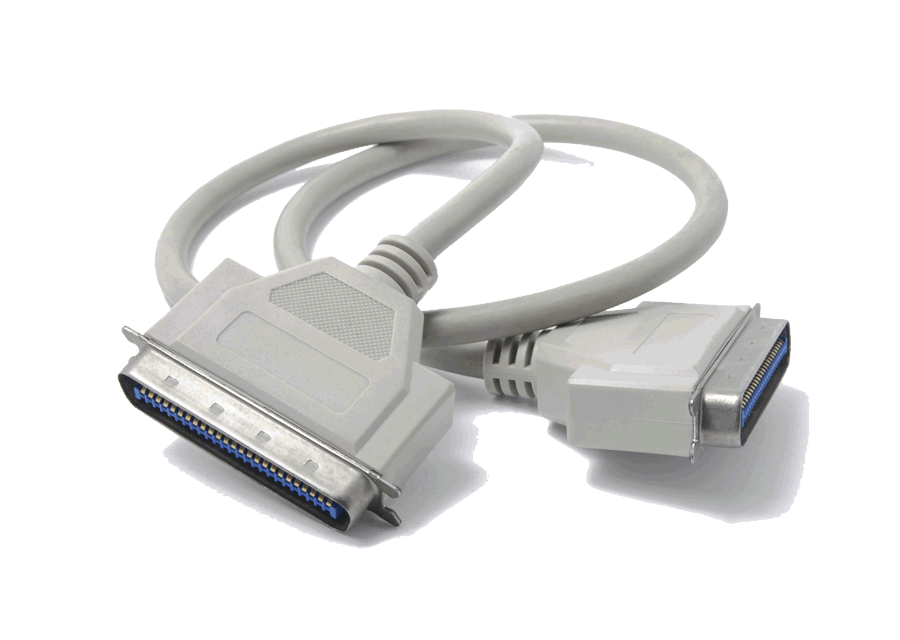SCSI
Introduction
SCSI is also called small computer system interface ( SCSI ) is the United States, by the American National Standards Institute (ANSI) developed by the specification,, is a variety of computer peripheral device connecting device to the expansion bus ( Bus ) on top of the device, can make the central processor ( CPU ) burden is reduced, the transmission efficiency and stability, speed is other interface quickly, so the general workstation will commonly used SCSI as a hard disk or other storage interface.SCSI is mainly used in the high speed bus connecting small computer and intelligent peripheral equipment, such as a scanner, magnetic discs or DVDs ( DVD ) machine, end at the SCSI interface in the form of a card set.
1 SCSI-1: 8 bit data bus, transmission rate of 5MB per second.
2 SCSI-2 : SCSI-1 and similar, while support connecting the 7 device, the transmission rate of 10-20 Mbps.
3 SCSI-3: WIDE SCSI or ULTRA, with 16 bit data bus, transmission rates for 40Mbps.
The SCSI specification for downward compatibility, for example: SCSI-3, SCSI-2 and SCSI-1 can be compatible with SCSI-3, but SCSI-1 and SCSI-2 are not compatible with SCSI-3.
VHDCI ( Very High Density Cable Interconnect ) is a very high density cable connecting line, is a new generation of SCSI interface, due to its small size, improve power performance, increase the robustness and high density, and allows the support to the 30 device, so its new application to replace the SCSI-2, 3 generation.
| Application | Specification |
|---|---|
|
|



